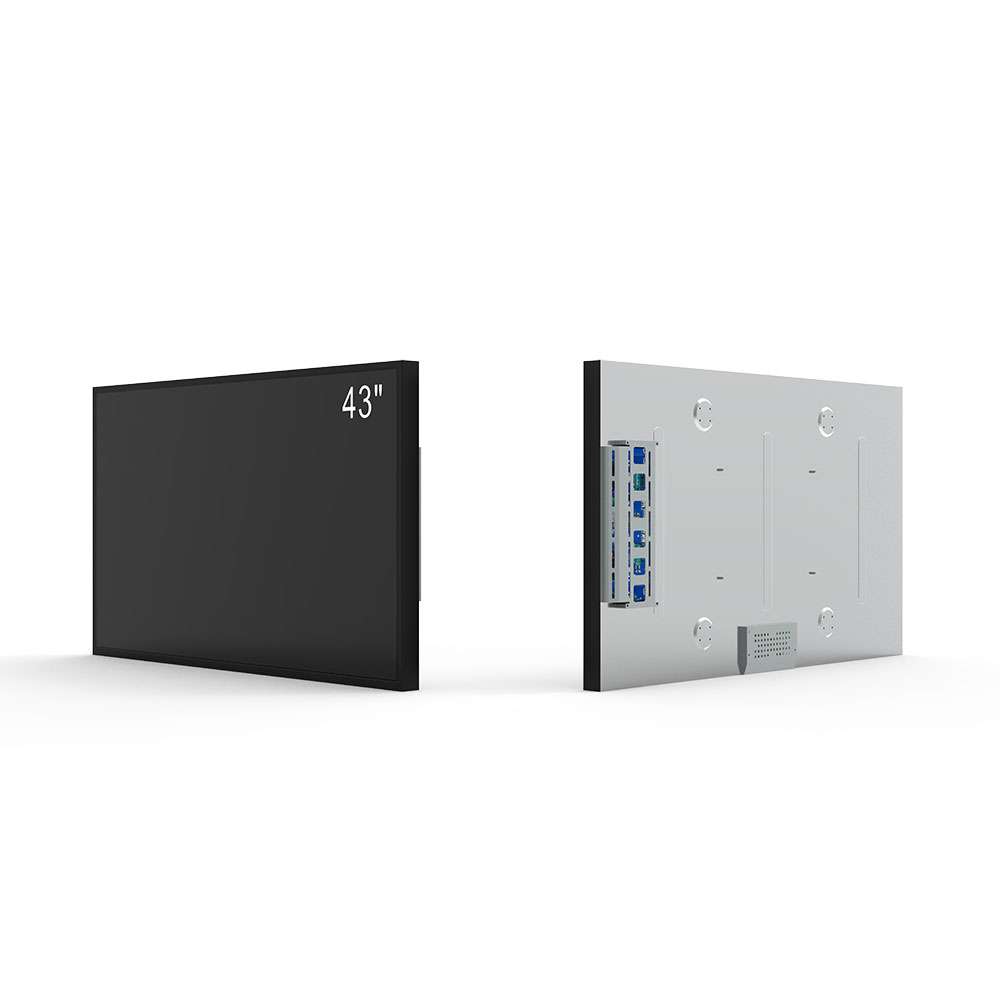Outdoor high-brightness LCD displays are engineered to deliver exceptional visibility in direct sunlight, making them ideal for demanding environments such as public transportation systems—railways, buses, trains, subways, and intercity rail networks. These displays typically feature luminance levels of 5,000 to 10,000 nits or higher, far exceeding standard indoor LCDs (250–500 nits), ensuring clear readability even under intense solar exposure. According to the IEC 60068-2-1 environmental testing standards, these screens undergo rigorous durability assessments including temperature cycling (-30°C to +70°C), humidity resistance, and vibration testing to ensure long-term reliability in harsh outdoor conditions.
In transit applications, such as passenger information displays on platforms or inside vehicles, outdoor LCDs provide real-time updates on schedules, delays, and safety alerts—critical for operational efficiency and user experience. For EV charging kiosks and gas pumps, these displays serve as intuitive human-machine interfaces, supporting touch functionality and multi-language support while withstanding extreme weather, dust, and UV radiation. The use of anti-glare coatings, sealed enclosures (IP65 or higher), and cold-weather capable backlighting ensures consistent performance across seasons.
Retail and real estate digital signage also benefit from this technology. Outdoor LCDs enable dynamic content delivery for storefront promotions, property listings, or event announcements, often integrated with cloud-based content management systems (CMS) for remote updates. Unlike traditional LED billboards, LCDs offer higher resolution (often 4K UHD), better color accuracy, and lower power consumption per square meter—making them cost-effective over time. Industry case studies from companies like LG Display and Sharp show that outdoor LCDs reduce maintenance costs by up to 40% compared to older CRT or OLED alternatives due to their longer lifespan and improved thermal stability.

The global market for outdoor digital signage is projected to exceed $15 billion by 2027 (Statista, 2024), driven by smart city initiatives and increasing demand for interactive, data-driven advertising. When selecting an outdoor LCD, key considerations include brightness, contrast ratio (>1000:1), viewing angle (178°), and certifications such as CE, FCC, and RoHS. Partnering with manufacturers who adhere to ISO 9001 quality standards ensures compliance with international design and safety benchmarks. Whether deployed in a busy subway station or a rural EV charging station, these displays represent a blend of robust engineering and user-centric design—a cornerstone of modern urban infrastructure.








